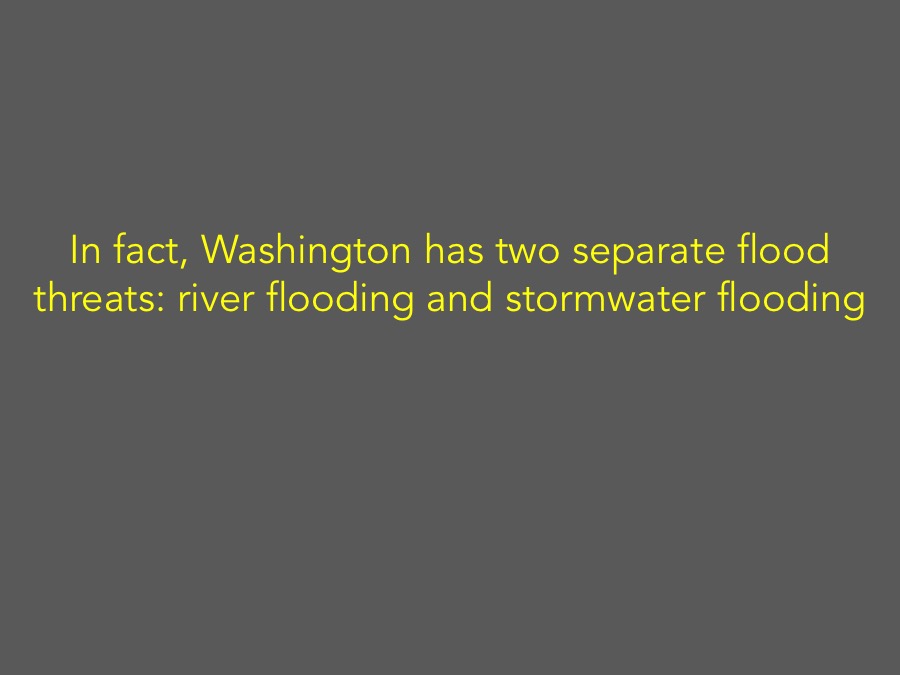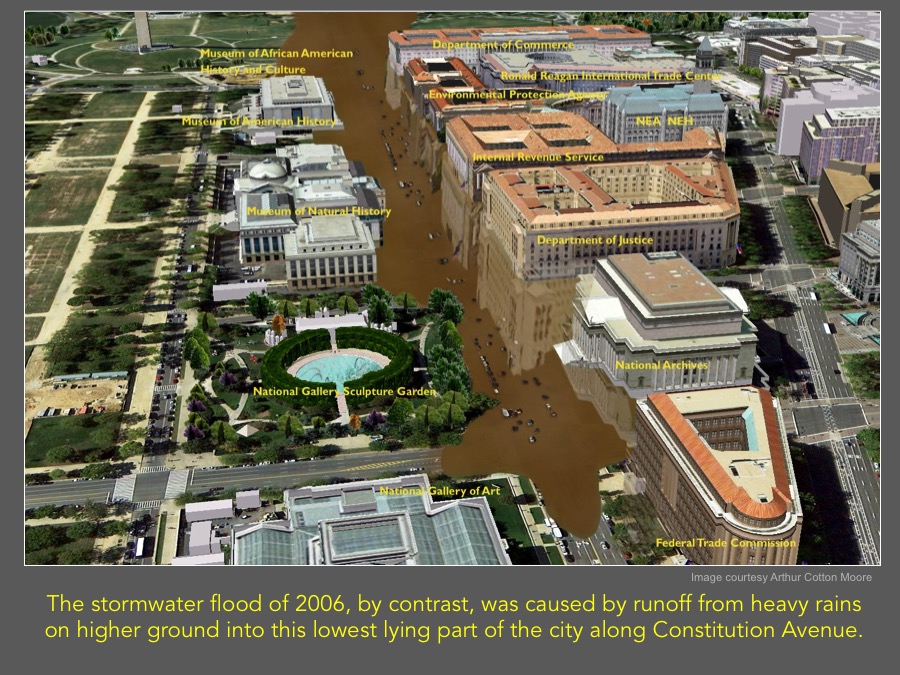The National Mall Coalition has proposed a way to implement the 2011 recommendations for a floodwater reservoir under the National Mall while also solving other Mall problems that will make the Mall more welcoming, lively, and resilient – the National Mall Underground.
We welcome your comments and collaboration in developing this project.
Read now
Flood Control and Resilience with the National Mall Underground
Tags: Flooding, Mall Underground














